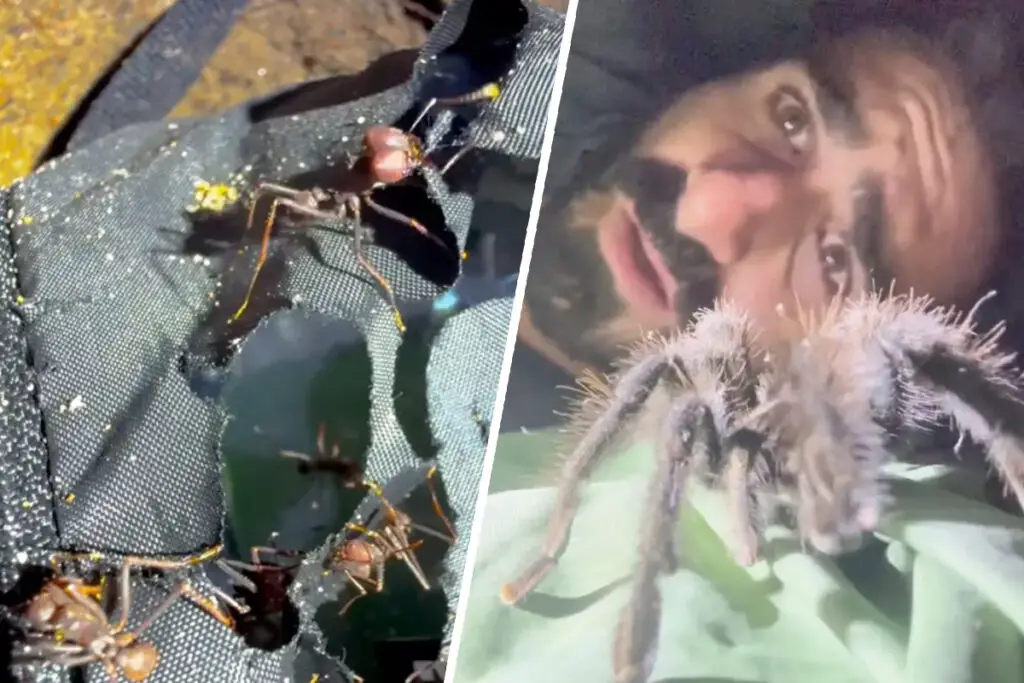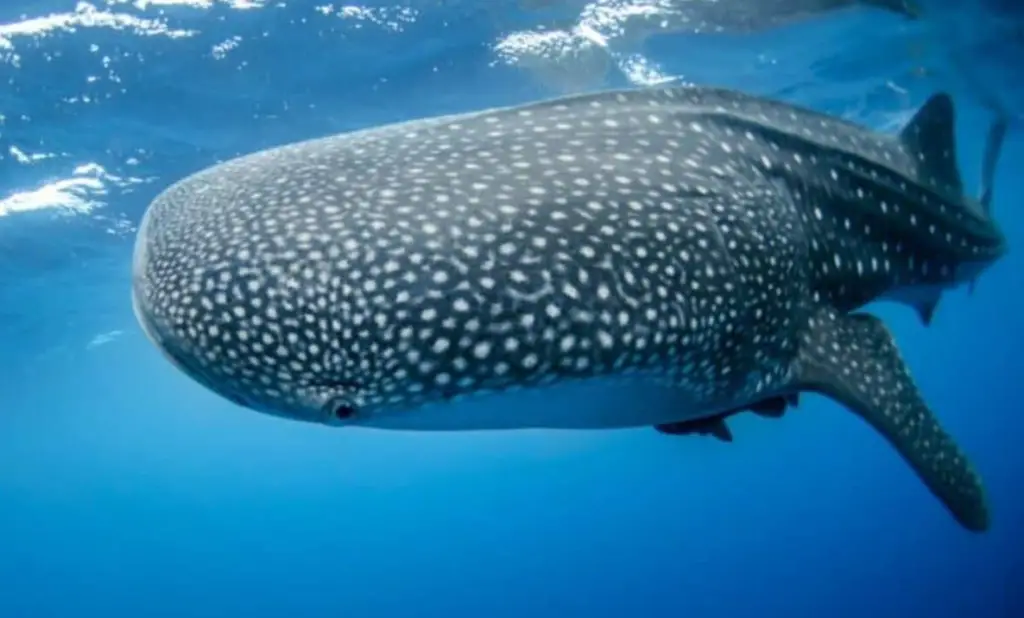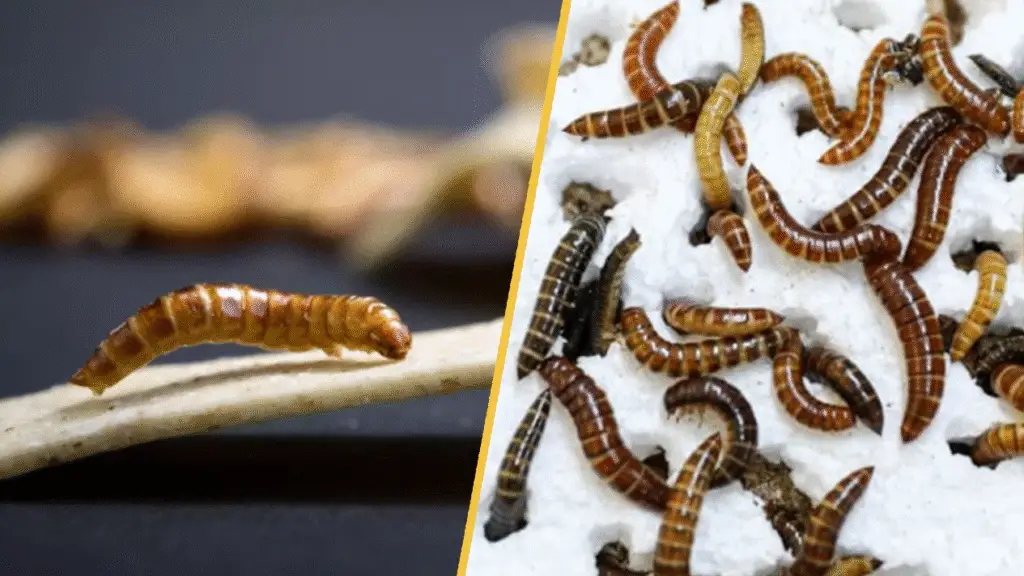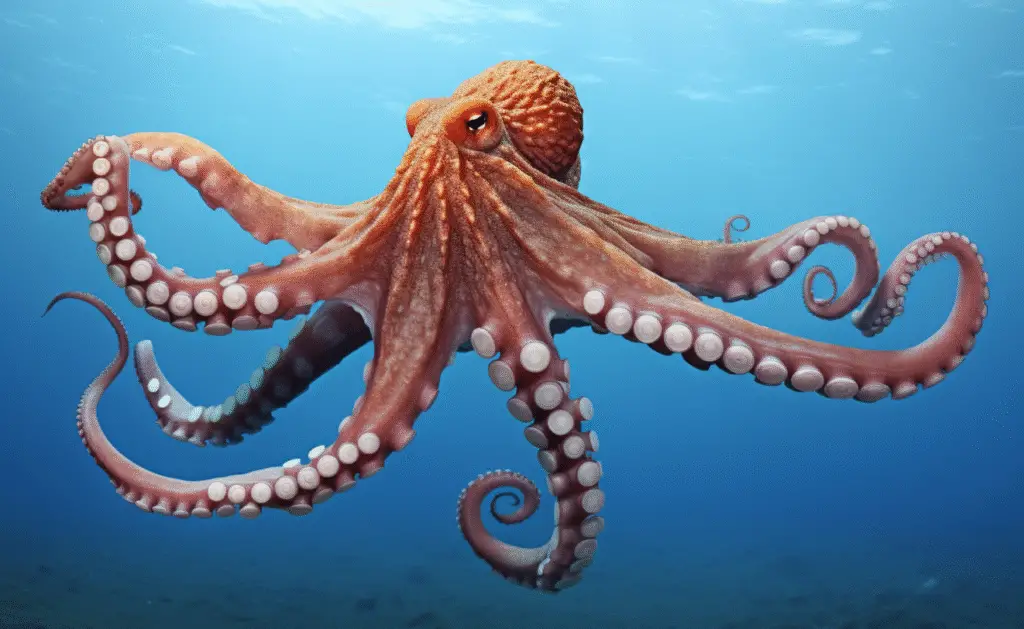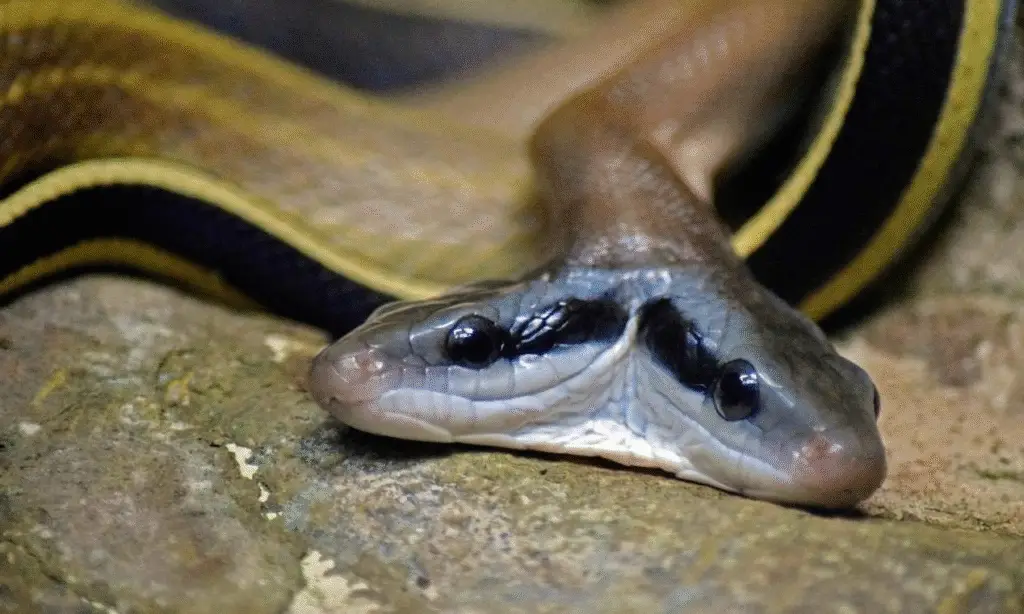Study Reveals Cats prioritize Humans Over Fellow Cats

A Surprising Feline Preference
Picture this: your cat, that mysterious creature who seems to rule the house, chooses to snuggle up next to you instead of chasing after a tasty treat or hanging out with another cat.
Sounds surprising? Well, a groundbreaking study suggests that’s exactly what many cats do.
Research from Oregon State University in 2017 has turned the stereotype of the aloof cat on its head, showing that cats often prioritize their human companions over their own kind, treating us like family.
And no, it’s not just because we’re the ones wielding the can opener.
The Study That Started It All
Back in 2017, researchers at Oregon State University’s Human-Animal Interaction Lab set out to explore what cats really want.
Published in Behavioural Processes (Social Interaction Study), the study involved 50 cats—25 pampered pets and 25 shelter residents.
These cats were given a choice between four stimuli: food (think chicken or tuna), toys (like feather wands or fuzzy mice), scents (including catnip or the smell of other cats), and human interaction (petting, playing, or baby talk).
The setup was simple: let the cats decide what they liked best by measuring how much time they spent with each option.
The results were eye-opening.
A full 50% of the cats chose human interaction as their top pick, spending about 65% of their time engaging with humans.
Food came in second, followed by toys and scents. Even the scent of other cats didn’t hold a candle to the allure of human company.
This finding, detailed in sources like TIME Magazine, suggests that cats aren’t just in it for the kibble—they genuinely enjoy our presence.
Why Humans Over Cats?
So, why do cats seem to prefer us over their fellow felines? Let’s break it down.
First, cats are territorial creatures. They mark their space with scent and can get downright cranky when another cat invades their domain.
Introducing a new cat can lead to hissing, swatting, or even full-on turf wars.
Humans, on the other hand, don’t compete for the same resources.
We provide food, a cozy bed, and plenty of affection without threatening their territory.
As Cats.com points out, this lack of competition makes humans a safer, more appealing choice for many cats.
Then there’s the history of domestication.
Cats have been living with humans for roughly 10,000 years, evolving to see us as providers of food, shelter, and security.
This long relationship has shaped their behavior, making them more attuned to human interaction.
Unlike their wild ancestors, domestic cats have learned to rely on us, and this dependency fosters a bond that can feel like family.
It’s no wonder they’d rather curl up on our laps than deal with a potential feline rival.
Cats Have a Language for Us
Here’s something cool: cats have developed a unique way to communicate with humans.
Ever notice how your cat meows at you but not at other cats? That’s no accident.
According to research cited in PMC, cats use vocalizations like meowing almost exclusively with humans.
It’s their way of “talking” to us, whether they’re asking for food, attention, or just saying hi.
This special language, combined with visual cues like a raised tail or slow blinks, shows that cats have adapted to connect with us in ways they don’t with other cats.
Personality Plays a Role
Not all cats are created equal. Just like humans, they have unique personalities.
Some are social butterflies, eager for human interaction, while others are more independent, content to nap in a sunbeam.
The 2017 study highlighted this individual variability, noting that while half the cats preferred humans, others showed a range of preferences.
Factors like socialization, past experiences, and even breed can influence this.
For example, breeds like Ragdolls and Siamese, known for their human-friendly temperaments, might be more likely to choose human company, as noted in Alley Cat Allies.
What About Multi-Cat Homes?
You might be wondering: what happens in households with multiple cats? Do they still prefer humans? The answer is often yes.
While some cats form close bonds with their feline roommates—especially if they’re littermates or introduced early—many still gravitate toward humans.
Why? Humans offer a different kind of interaction.
We can play in ways that mimic hunting (think laser pointers or feather toys), provide grooming, and respond to their needs in ways other cats can’t.
Plus, as an X post from a cat owner noted, cats often see humans as the ones who provide food and comfort, making us the preferred companions.
Emotional Bonds, Not Just Convenience
Is it all about the food bowl? Not quite.
The fact that cats chose human interaction over food in the study suggests there’s an emotional component.
They’re not just using us for survival—they enjoy our company. Another study from Oregon State University in 2019, published in Current Biology (OSU News), took this further.
Using a “secure base test,” researchers found that 65% of cats showed secure attachment to their owners, seeking comfort from them when stressed, much like children do with parents.
This emotional bond underscores that cats see us as family, not just providers.
Implications for Cat Owners
What does this mean for you and your feline friend? For one, it’s a reminder that your cat’s affection—those head bumps, purrs, and lap naps—is genuine.
They’re choosing you because they feel safe and connected. But it also means you should think twice before adding another cat to the mix.
While some cats thrive with companions, others prefer to be the only feline, soaking up all the human love.
If you do introduce a new cat, take it slow to avoid territorial disputes, as advised by sources like Cats.com.
A New View of Cats
These findings challenge the old idea that cats are aloof loners.
They’re social creatures capable of deep bonds with humans, often preferring us over their own kind.
Whether it’s because we’re less threatening, provide consistent care, or just make great cuddle buddies, cats see us as family.
So, the next time your cat follows you around or curls up beside you, know that it’s not just about the treats—it’s about the love you share.
Study Details at a Glance
| Aspect | Details |
|---|---|
| Institution | Oregon State University, Human-Animal Interaction Lab |
| Publication | Behavioural Processes, August 2017 |
| Participants | 50 cats (25 pets, 25 shelter cats) |
| Methodology | Free operant preference assessment with food, toys, scent, human interaction |
| Key Finding | 50% of cats preferred human interaction, spending ~65% of time with humans |
| Implications | Cats prioritize humans over other stimuli, suggesting strong emotional bonds |






